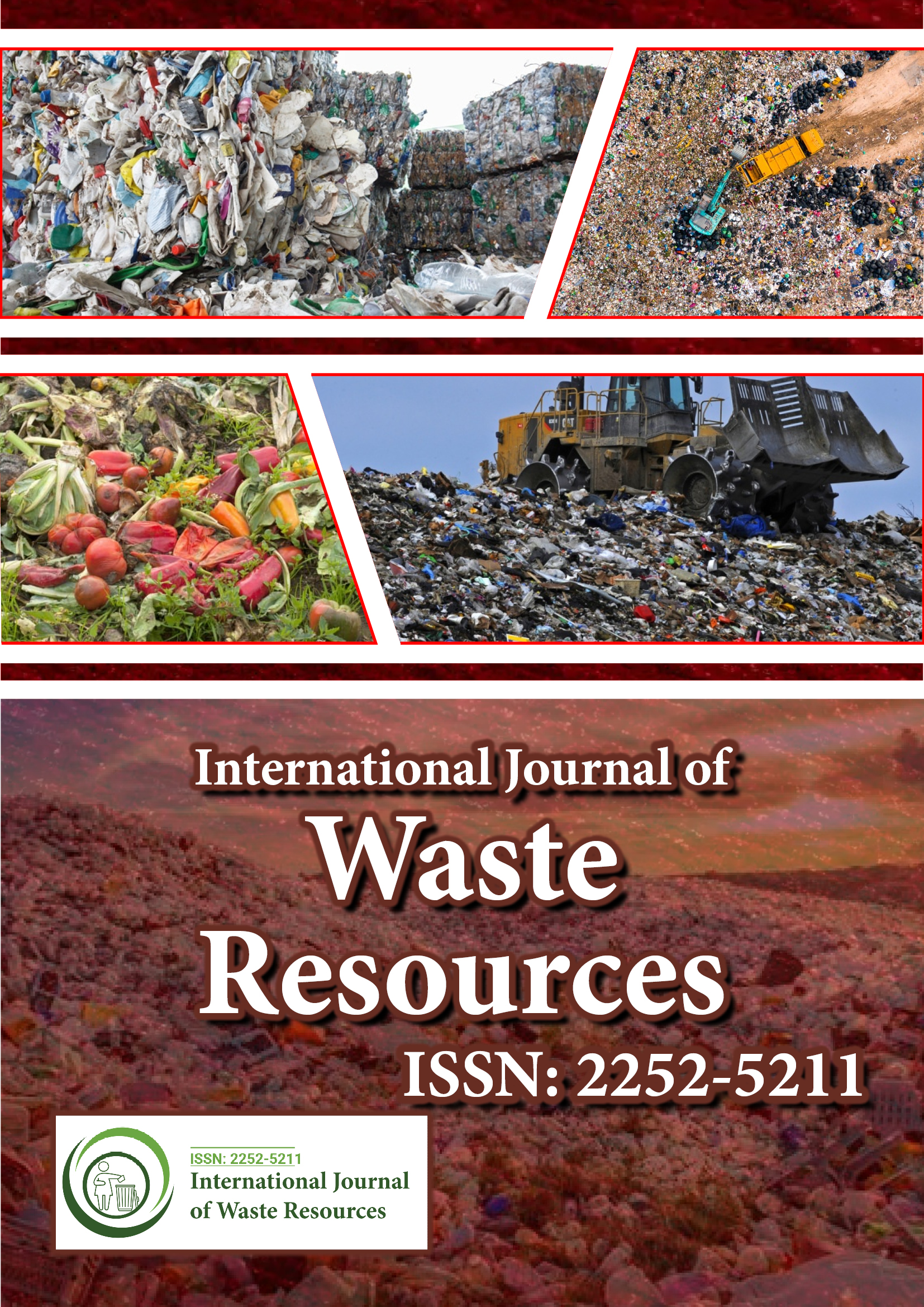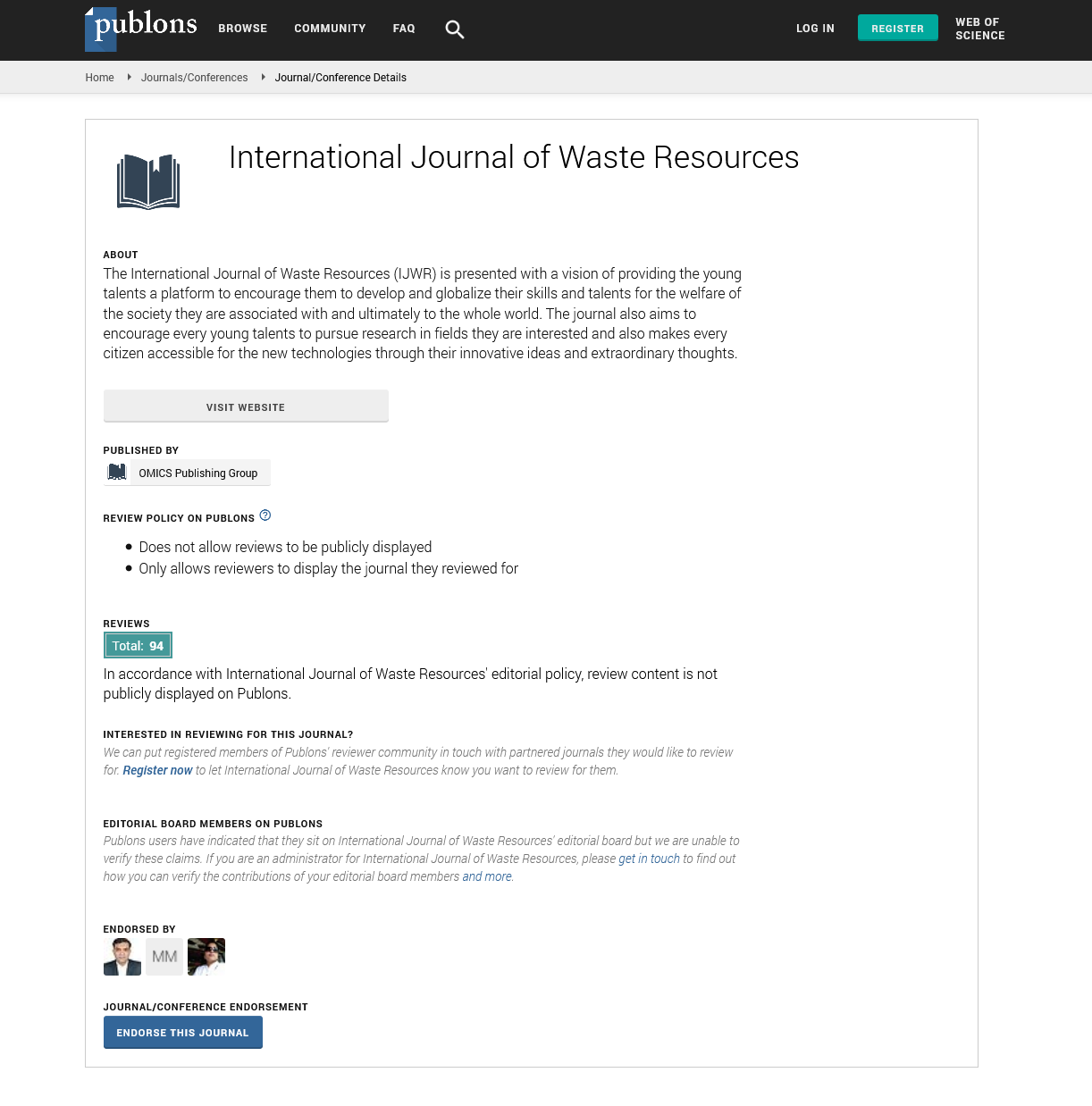Indexed In
- Open J Gate
- The Global Impact Factor (GIF)
- Open Archive Initiative
- VieSearch
- International Society of Universal Research in Sciences
- China National Knowledge Infrastructure (CNKI)
- CiteFactor
- Scimago
- Ulrich's Periodicals Directory
- Electronic Journals Library
- RefSeek
- Directory of Research Journal Indexing (DRJI)
- Hamdard University
- EBSCO A-Z
- Publons
- Google Scholar
Useful Links
Share This Page
Journal Flyer

Open Access Journals
- Agri and Aquaculture
- Biochemistry
- Bioinformatics & Systems Biology
- Business & Management
- Chemistry
- Clinical Sciences
- Engineering
- Food & Nutrition
- General Science
- Genetics & Molecular Biology
- Immunology & Microbiology
- Medical Sciences
- Neuroscience & Psychology
- Nursing & Health Care
- Pharmaceutical Sciences
Short Communication - (2024) Volume 14, Issue 4
Thermal Management: Applications in Electronics, Automotive Systems and Insulation
Sophie Campbell*Received: 28-Nov-2024, Manuscript No. IJWR-24-28374; Editor assigned: 02-Dec-2024, Pre QC No. IJWR-24-28374 (PQ); Reviewed: 16-Dec-2024, QC No. IJWR-24-28374; Revised: 23-Dec-2024, Manuscript No. IJWR-24-28374 (R); Published: 30-Dec-2024, DOI: 10.35248/2252-5211.24.14.599
Description
The growing need for advanced materials with high thermal management capabilities and efficient adsorption properties has driven the exploration of novel solutions derived from waste resources. One such potential material is the strong micro-nano hybrid aerogel, which combines the benefits of both micro and nanostructures, providing an ideal platform for thermal management and high-efficiency adsorption applications [1]. The use of waste resources in its production not only contributes to sustainability but also aligns with the principles of circular economy, reducing environmental pollution while creating valuable materials [2].
Aerogels, known for their low density, high surface area and excellent thermal insulating properties, are already recognized in various applications such as thermal insulation and energy storage [3]. However, the combination of micro- and nanostructures into hybrid aerogels further enhances their performance, providing superior heat dissipation and adsorption capacities. The hybrid nature of these aerogels allows for the fine-tuning of their properties, providing versatility for use in diverse fields ranging from industrial thermal management to environmental cleanup [4].
The synthesis of these hybrid aerogels from waste resources, such as agricultural residues, industrial by-products and plastic waste, is a particularly compelling approach [5]. Waste-derived raw materials provide a low-cost and eco-friendly alternative to traditional precursors, addressing both resource scarcity and environmental pollution. The processing of waste into highvalue aerogels involves complex steps that include chemical modification, freeze-drying and the integration of micro and nanoscale particles to achieve the desired properties. These waste-derived aerogels retain excellent structural integrity and functionality, ensuring that they meet performance standards for practical applications [6].
Thermal management is one of the primary advantages of these hybrid aerogels. The incorporation of micro and nanostructures increases the surface area and facilitates efficient heat transfer, making these materials ideal for applications in electronics, automotive systems and building insulation [7]. Additionally, the combination of their lightweight nature with superior heat resistance allows for thermal management in high-performance environments, enhancing energy efficiency and reducing system costs. These materials are capable of operating under extreme conditions, such as high temperatures in industrial settings or the fluctuating temperatures found in automotive engines, without compromising their structural integrity.
Another critical feature of micro-nano hybrid aerogels is their high adsorption efficiency. These materials have the potential to capture and remove a wide range of pollutants, such as heavy metals, dyes and organic compounds, from air, water and industrial effluents [8]. The large surface area, coupled with the porous structure of the aerogel, provides abundant sites for the adsorption of contaminants, making them highly effective for environmental cleanup applications. Waste-derived aerogels, in particular, exhibit excellent adsorption capacities for harmful substances, contributing to sustainable pollution control solutions. The incorporation of functional groups into the aerogel structure can further enhance adsorption, enabling selective removal of specific pollutants and improving the material’s overall efficiency.
The versatility of these hybrid aerogels extends to their potential use in both thermal and environmental applications. In thermal systems, their high insulating properties allow for reduced energy consumption in heating and cooling processes, while their adsorption capacity makes them suitable for addressing issues related to industrial wastewater treatment and air purification. Their multifunctionality positions them as a valuable material for next-generation solutions in energy efficiency, environmental sustainability and waste resource management. Additionally, these hybrid aerogels could play a key role in the emerging field of energy storage, where their lightweight and highly porous nature can be exploited for battery and supercapacitor applications [9,10].
In conclusion, strong micro-nano hybrid aerogels derived from waste resources offer an exciting opportunity for advancing thermal management and high-efficiency adsorption technologies. Their unique properties, combined with the use of sustainable raw materials, make them an attractive alternative to conventional materials, supporting the development of ecofriendly and cost-effective solutions for a wide range of applications. Further research into optimizing synthesis methods, enhancing their mechanical strength and improving the performance of these aerogels will likely enhance their commercial viability and expand their potential uses in diverse industries. The continued exploration of waste-to-material technologies will not only revolutionize industries but also contribute significantly to achieving global sustainability goals.
References
- Ma S, Li H, Fei J, Huang Q. Robust micro-nano hybrid aerogel derived from waste resources for thermal management and high-efficiency adsorption. Chem Eng J. 2024;486:150223.
- Landrigan PJ, Fuller R. Global health and environmental pollution. Int J Public Health. 2015;60(7):761-2.
[Crossref] [Google Scholar] [PubMed]
- Yuan Y, Lin J, Wang X, Qian J, Zuo P, Zhuang Q. Achieving excellent dielectric and energy storage performance in core-double-shell-structured polyetherimide nanocomposites. Polymers. 2023;15(14):3088.
[Crossref] [Google Scholar] [PubMed]
- Shimizu T, Kanamori K, Nakanishi K. Silicone‐based organic–inorganic hybrid aerogels and xerogels. Chemistry. 2017;23(22):5176-5187.
[Crossref] [Google Scholar] [PubMed]
- Majumder D, Fajal S, Shirolkar MM, Torris A, Banyla Y, Biswas K, et al. Nano‐springe enriched hierarchical porous MOP/COF hybrid aerogel: Efficient recovery of gold from electronic waste. Angew Chem Int Ed Engl. 2024;e202419830.
[Crossref] [Google Scholar] [PubMed]
- Geng G, Gao Y, Zhang Z, Gao K, Zhang W, Song J. Renewable and robust biomass waste-derived Co-doped carbon aerogels for PMS activation: catalytic mechanisms and phytotoxicity assessment. Ecotoxicol Environ Saf. 2021;220:112381.
[Crossref] [Google Scholar] [PubMed]
- Liu Z, Ran Y, Xi J, Wang J. Polymeric hybrid aerogels and their biomedical applications. Soft Matter. 2020;16(40):9160-75.
[Crossref] [Google Scholar] [PubMed]
- Huang T, Long Y, Dong Z, Hua Q, Niu J, Dai X, et al. Ultralight, elastic, hybrid aerogel for flexible/wearable piezoresistive sensor and solid-solid/gas-solid coupled triboelectric nanogenerator. Adv Sci (Weinh). 2022;9(34):e2204519.
[Crossref] [Google Scholar] [PubMed]
- Annu, Park SS, Alam MN, Yewale M, Shin DK. Unraveling the electrochemical insights of cobalt oxide/conducting polymer hybrid materials for supercapacitor, battery, and supercapattery applications. Polymers. 2024;16(20):2907.
[Crossref] [Google Scholar] [PubMed]
- Shrestha LK, Shrestha RG, Shahi S, Gnawali CL, Adhikari MP, Bhadra BN, Ariga K. Biomass nanoarchitectonics for supercapacitor applications. J Oleo Sci. 2023;72(1):11-32.
[Crossref] [Google Scholar] [PubMed]
Citation: Campbell S (2024). Thermal Management: Applications in Electronics, Automotive Systems and Insulation. Int J Waste Resour. 14:599.
Copyright: © 2024 Campbell S. This is an open access article distributed under the terms of the Creative Commons Attribution License, which permits unrestricted use, distribution, and reproduction in any medium, provided the original author and source are credited.

